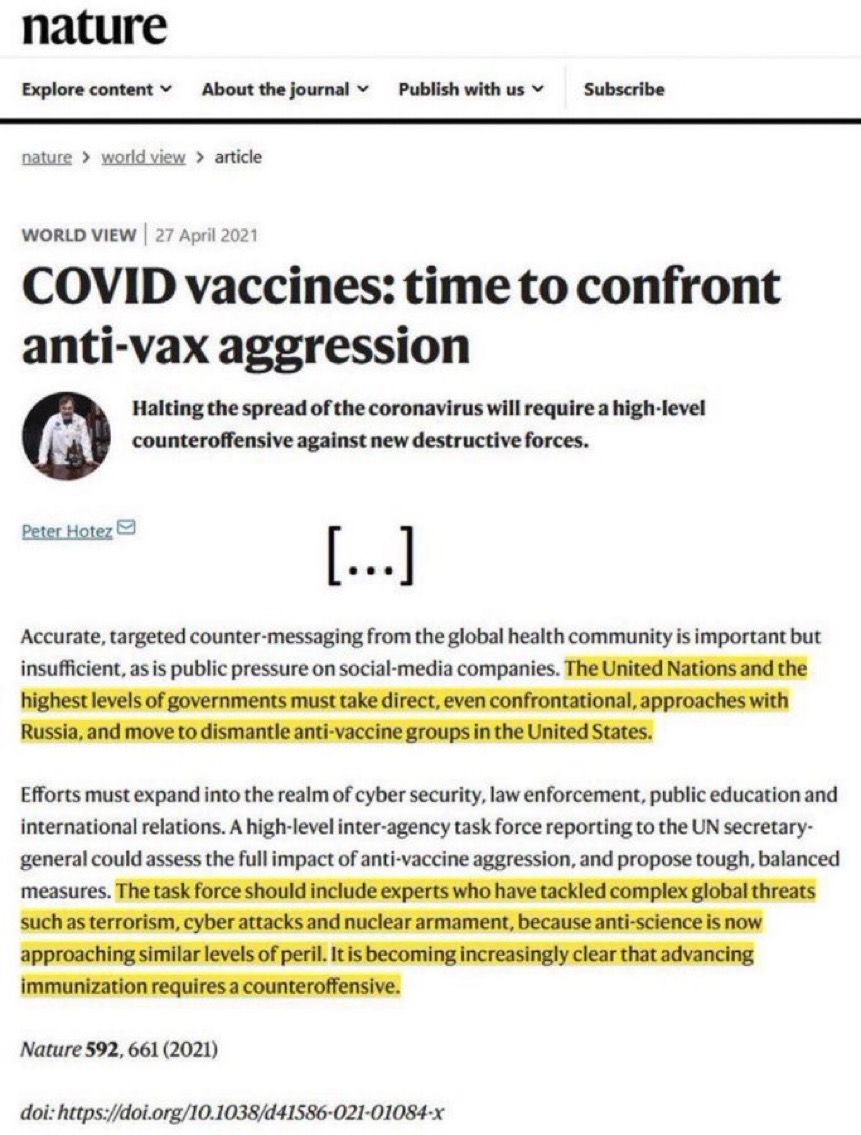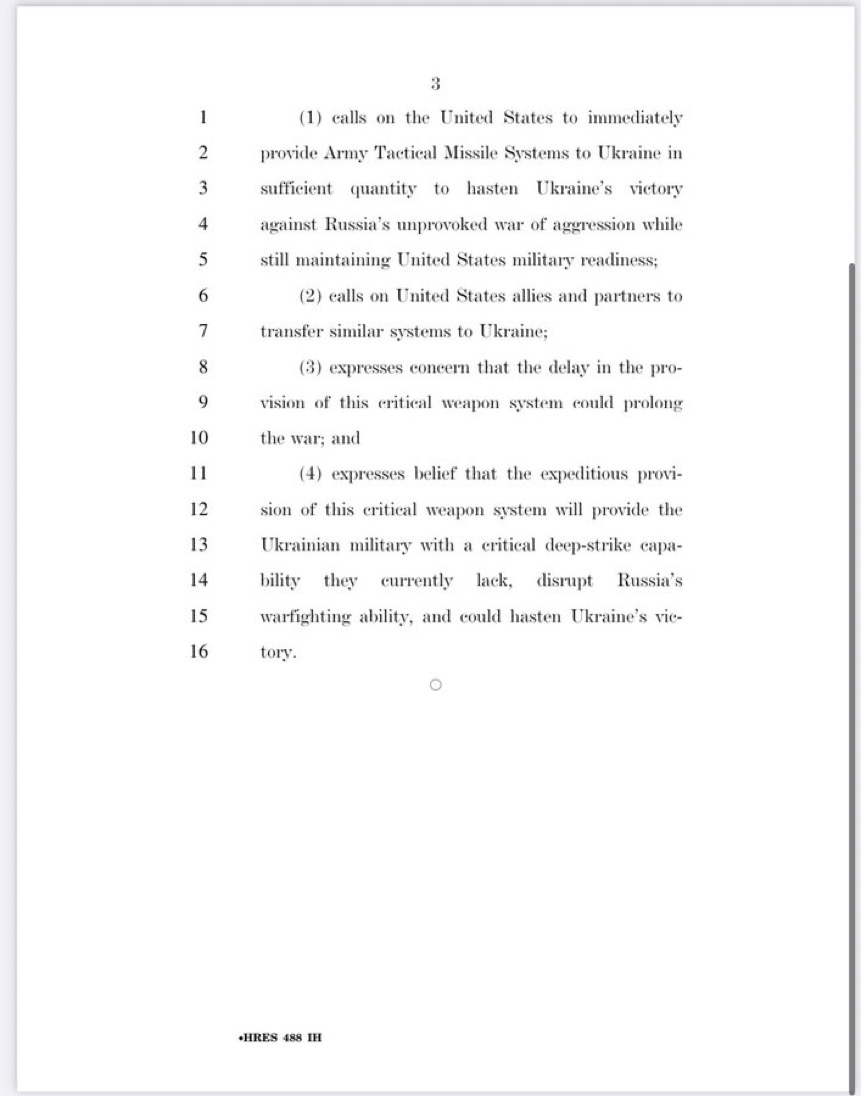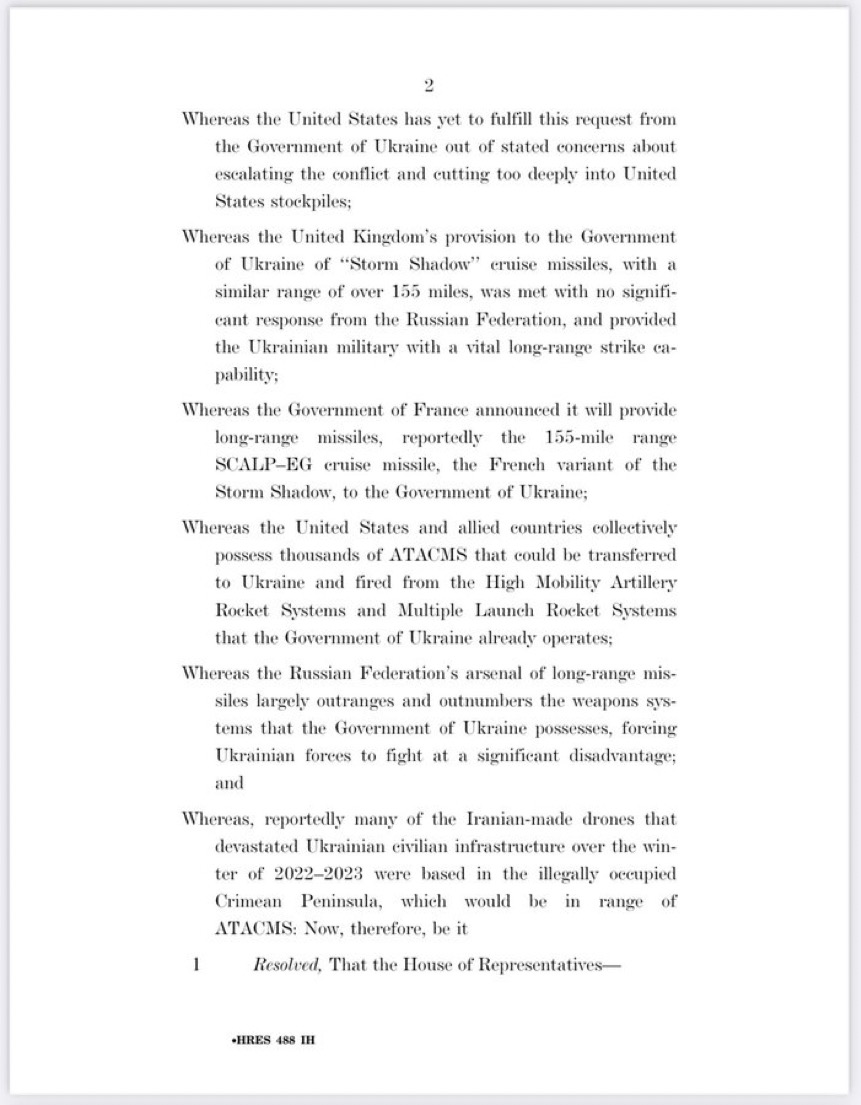This will be very subjective, but I'll be very generous to anything I find useful / informative and in disagreement with me atm.
Incredibly rough background (i'll elaborate on specific parts if people are interested):
Covid was very dangerous to old people or people otherwise generally at risk. It was not that dangerous to young people and especially children. It probably wasn't a lab escape, but easily could have been, idk. No strong evidence exists either way. (probs: .60 natural / .40 lab). The vaccine is very valuable to the former groups, and somewhere between 'valuable' and 'doesn't matter' for the latter groups. The vaccine, including myocarditis, is not a meaningful deviation from other vaccines in terms of mild or severe side effects. I'm not sure if the covid vaccine reduces or increases total risk of myocarditis either for the population as a whole or specific at-risk subgroups. Lean towards 'reduces' (but convincing me of that will require, like, synthesizing evidence or linking a particularly good review, not linking a few papers). Long COVID techically in the sense of a generic post-viral syndrome exists, but it isn't much worse than the effects of any other virus and is severly overstated on social media.
addition: covid restrictions were probably too strong in quite a few places. although this doesn't matter that much and was mostly self-imposed at the city / state / individual level. school closures were not necessary.
I agree with the other comment. Your understanding of long covid (from the description) is significantly different from the current scientific understanding.
Long COVID technically in the sense of a generic post-viral syndrome exists, but it isn't much worse than the effects of any other virus and is severely overstated on social media.
The prevalence of pre-pandemic ME/CFS (analogous generic post-viral syndrome) was 0.89%. The prevalence of Long COVID, while not yet so accurately measured, seems higher: 5%, 6%, or 7%. This seems worse.
I took "This covers the properties of the disease, not the properties of our societal response - e.g. "do masks work", "do lockdowns work" are out of scope. This is a fuzzy boundary." out of the resolution criteria because that was dumb and half of the positions i state aren't covered by it
I'm looking hard for something to correct you on here, but somehow all of your opinions are identical to mine.








